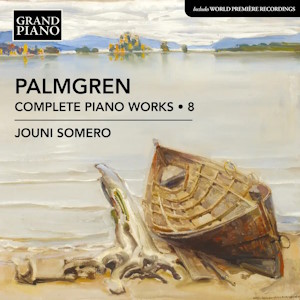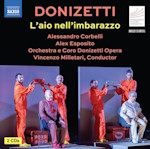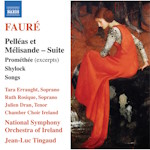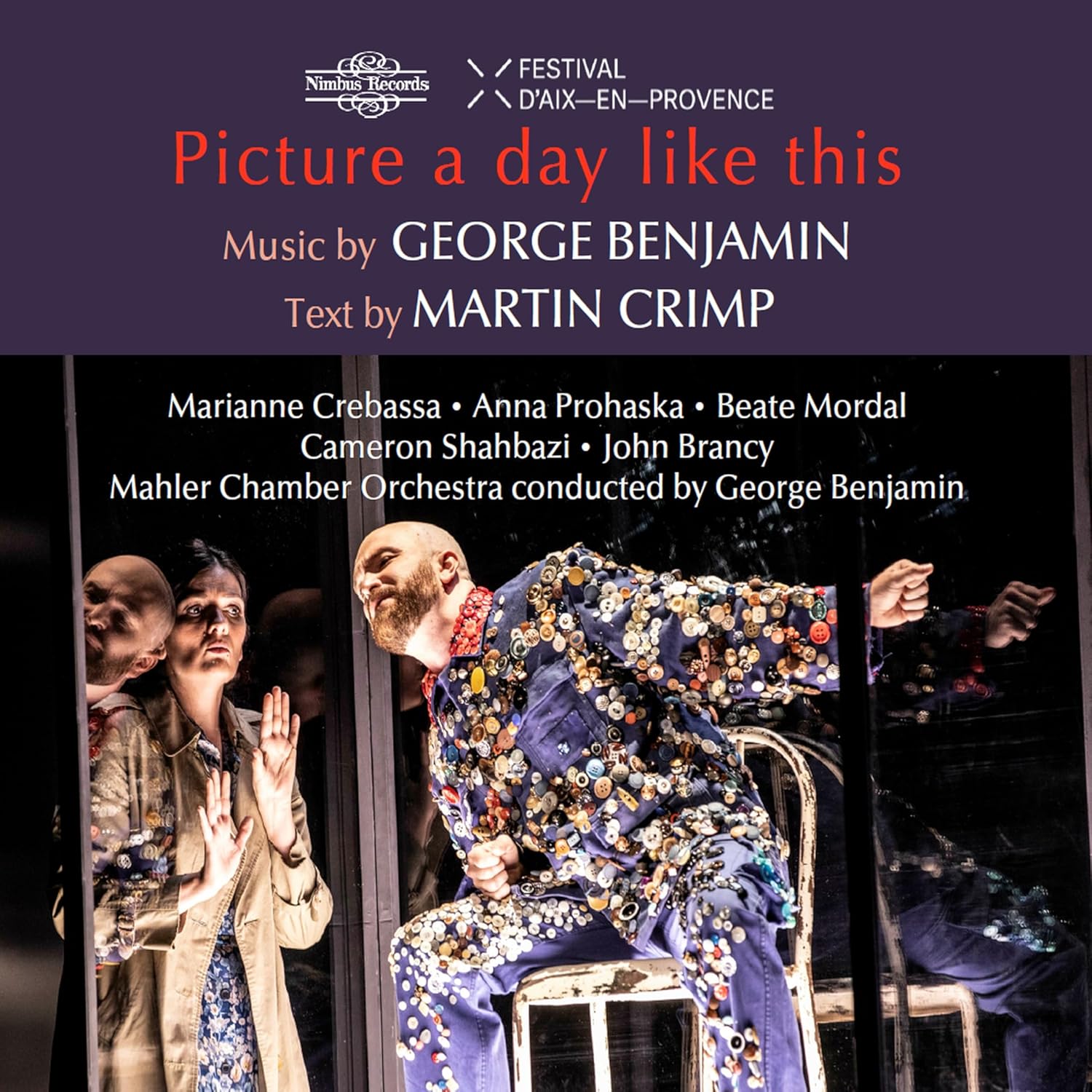
Selim Palmgren (1878-1951)
Complete Piano Works 8
Jouni Somero (piano)
rec. 2023, Kuusaa Hall, Kuusankoski, Finland
Grand Piano GP952 [76]
Jouni Somero is wasting no time in navigating his way through Selim Palmgren’s piano music; the first volume was recorded just four years ago (Grand Piano GP867 review) and here we are at volume 8. Lots of the works recorded here are first recordings and indeed all but the first piece are listed as first stereo recording. The disc is well filled and one might wonder how Somero has fitted everything in; the reason is that like many of Palmgren’s piano works these are short character pieces with only one, the Preludium, first of the three piano pieces op.45, exceeding four minutes and three pieces, A melancholic exercise, a study on fast passages and a cheerful study coming in at under a minute combined. As has become a theme of this series a good proportion of the music has no opus number; approximately half of his works are instead assigned an SP catalogue number from the catalogue of his works prepared by Heikki Poroila, now in its second edition.
The published works here were mostly written in America or immediately prior to his time spent there. Only the three pieces op.45 date from earlier; they were completed in 1914 and consist of the aftorementioned Preludium, heady with rich, bell-like sonorities and, like many pieces here, impressionism, an intermezzo in folk-tone whose chorale like outer sections wriggle free of this chordal restraint in the middle, and a charmingly rustic minuet. He was preparing for his trip to America and giving recitals in France when he wrote his three pieces op.71. Grand rippling broken chords announce the set in a festival prelude though the scene soon becomes obscured in the scudding arpeggios of fog shapes. The final Caprice barbaresque has something of the percussiveness of Prokofiev but its more romantic lines reminded me of Dohnańyi’s writing. The ten pieces op.79 were written in New York and are dedicated to Percy Grainger who had appeared in recital with Palmgren as part of a piano duo. The opening preludietto is a wonderfully rich polonaise, it outer sections merrily but a little obsessively following a chromatic chordal figure and deep bell tones underpinning its broad central melody. Nordic harmonies influence his stately Finnish Ballade whilst the study on A isa tricky finger twister that steadfastly sticks to its root note despite all the tonalities and frolics that surround it: Grainger, composer of Immovable Do, would have wholeheartedly approved. Roundelay and Sunbeams are a gracious and nimble minuet and a flowing, sylph-like evocation of the sun’s rays respectively; I can hear hints of the second piano concerto in some of the latter’s harmonies and this continues into the sixth piece, a beautifully dreamy improvisation, even down to a resemblance of melodic line in the theme that emerges part way through. The title Basso ostinato seems to suggest a certain weightiness of mood but instead we have a delicate lullaby that varies its figuration as it proceeds; it is not quite Chopin’s berceuse but the key and mood match. Arietta is a turbulent work whose constant rolling arpeggios are more of a feature than the rather stiff melody and it sets the scene rather well for the sardonic march to the gallows that follows. The concluding by the lake, with a slowly rippling left hand that is almost as ostinato as its earlier companion, never quite manages to shake off a deep gloom and is as placid and unchanging as the cold, unruffled surface it depicts. Lake Näsijärvi is the subject of the second of his three pieces op.83 that appeared a couple of years later; it doesn’t have quite the same sense of gloom and suggests that it has a more interesting personality (or at least the
lacustrine equivalent of a personality). Its bookends are a suitably virtuosic and playful toccata and driving humoresque that once again reminded me of Dohnańyi. Moving on a decade we hear the four pieces op.88. Up until this set almost two thirds of his output was piano music; the fourth and fifth piano concertos and a handful of piano music appeared after that but his focus moved onto vocal music, songs and choruses. The jovial second piece danzando suggests that he had not lost his enjoyment of the instrument and it is the perfect antidote to the rather austere crescendo-ostinato that the booklet describes as reflecting Palmgren’s difficult personal circumstances at the time. His music was being left behind by modern trends and though he became a professor with a steady income he had less time to compose. The quality remained high however as the delightful armonioso shows and the final piece, improvisation, based on a herding callis as atmospheric as you could desire.
The remaining pieces date from the 1890s right up to one of his final works for the instrument, 1946’s rippling scherzo Sunshine through the tears that Palmgren recorded for Finnish radio just before his death four years later. The earliest here are three concert études, brilliant and virtuosic; The earliest, written when he was just 16, and sparks, dating from from 1907 would both make attractive alternatives to his étude en route, one of his more familiar pieces. I considered June an attractive song without words and it turns out to be just that, a transcription of his sing Helluntai (Pentecost). A wild contrast comes in the form of his spirited Helsinki Oldboys Regiment’s Honorary March, a nod to patriotism from the pacifist Palmgren in much the same way as his March of the Pori Regiment, played on volume seven,was (GP939 review). The three exercises mentioned earlier were all written for a piano tutor published in 1937 while the other miscellaneous pieces date from the same period as the ten pieces op.79. Allegretto is an elegant little minuet with folk leanings that are even more pronounced in his country dance and country minuet. Palmgren could charm with the best and his slumber song and con sordino are tranquil examples of his lyrical writing.
Somero continues to make a good impression is this valuable series that never fails to make one wonder how this beautifully written and imaginative music has fallen off the radar to such an extent. Hopefully this will spur other pianists to explore – I know I’ll be dipping into his catalogue.
Rob Challinor
Buying this recording via a link below generates revenue for MWI, which helps the site remain free



Contents
Sunshine through the Tears – scherzo SP.263 (1946)
Three Pieces Op.71 (1920 or earlier)
June SP.120 (1922 or earlier)
Helsinki Oldboys Regiment’s Honorary March SP.80 (1919)
A Melancholic Exercise SP.125 (1937 or earlier)
A Study on fast passages SP.123 (1937 or earlier)
A cheerful study SP.84 (1937 or earlier)
Allegretto SP.2 (1921 or earlier)
Con Sordino SP.30 (1921 or earlier)
Slumber song SP.45 (1921 or earlier)
Étude de concert SP.59 (1898 or earlier)
Sparks – Concert Study SP.71 (1907 or earlier)
Concert-Etüde SP.31 (1894)
Country Dance SP.32 (1922 or earlier)
Country Minuet SP.33 (1922 or earlier)
Three Piano Pieces Op.45 (1914 or earlier)
Ten Pieces Op.79 (1921-22)
Four Pieces Op.88 (1928)
Three Pieces Op.83 (1924)

















